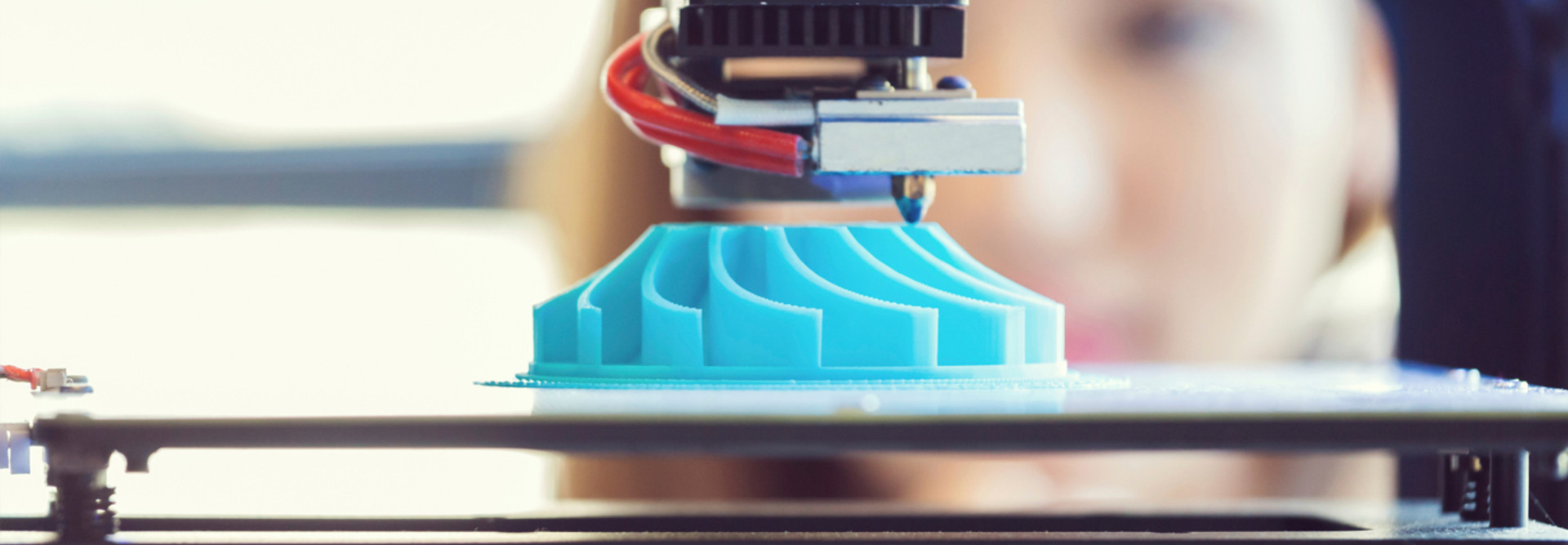Going Deeper with Hands-On Tech in Education
The teacher’s place is no longer at the head of the classroom.
As new technologies find their way into the hands of students, traditional lecture-style instruction loses its impact. Active learning, in which students take control of their own education, moves to the forefront.
The NMC Horizon Report: 2015 K-12 Edition took a hard look at this growing trend, examining its effect on student engagement, as well as the technologies that come into play.
According to the report, the idea behind active learning is pretty simple: Students absorb core concepts, and then apply that knowledge to challenges or projects to develop a deeper understanding of the content.
This student-centered approach aims to assess performance through means other than standardized testing and is already at work in a number of classrooms. For instance, California students at Impact Academy of Arts and Technology compile portfolios that demonstrate mastery of research, analysis and other skills; students then defend their portfolio in order to progress toward graduation. The NMC report states that since 2012, 90 percent of Impact’s students have gone on to enroll in at least a two-year college.
Lending a Helping Hand
Other success stories demonstrate the power of technology to advance deeper learning. According to a case study from the Alliance for Excellent Education, Talladega County Schools in Alabama saw a 10 percent increase in the districtwide graduation rate after implementing technology-based deeper-learning initiatives at all 17 of its schools.
The district provided a mix of computers, notebooks, tablets, mobile devices and interactive pens to support students as they embarked on new digital projects — those featuring everything from blogging and recording podcasts to designing animations and delivering multimedia presentations. The case study lauds the technologies’ positive impact on students’ critical thinking, collaboration and other soft skills.
Making an Investment in Learning
Shifting education away from the paradigm of technology for technology’s sake, initiatives like the one at Talladega County Schools have become fundamental drivers of tech purchases at schools across the country.
This edition of EdTech’s “Students First” feature shines the spotlight on Miami-Dade County Public Schools, which deployed 11,500 88-inch Promethean interactive whiteboards and more than 61,000 tablets and notebooks in the past year. The district plans to roll out 39,000 more HP notebooks and tablets for the upcoming school year. While Miami-Dade’s large-scale tech adoption is already impressive, the school system’s plan for the devices is even more so.
Looking Ahead to Tomorrow's Tech
More advanced technologies such as 3D printers and wearables are also tapped for deeper learning at select K–12 schools and higher ed institutions worldwide. The NMC report estimates that 3D printers will become more mainstream within two to five years, when students will begin relying on the technology to visualize everything from mathematical models to archaeological artifacts.
In the meantime, students with access to 3D printers have the opportunity to gain a richer understanding of complex ideas through exploration. Wearable tech, which could reach widespread adoption in four to five years, offers additional possibilities, particularly for students with disabilities.
When combined, wearables, tablets, whiteboards and other devices draw students into the learning experience in new and enriching ways.
Through the creative application of such technologies, schools not only impart essential digital skills but also light the path from deeper learning to loftier academic achievement.









